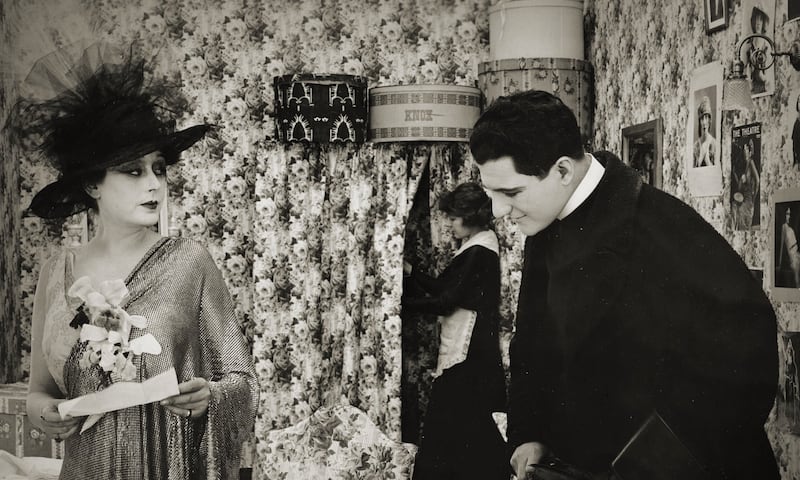Call yourself a cinephile and you’ve never heard of Alice Guy-Blaché? Don’t worry, most film-makers haven’t heard of her either.
But we all should have done. In fact, there should be statues of her and cinemas named after her. At the very least, Guy-Blaché’s name belongs in chapter one of cinema history, because she was the first female film director; indeed, for a good decade she was the only female film director.
Guy-Blaché was in the room when the Lumière brothers held the first ever cinema screening, in Paris in March 1895. By the following year, she was making her own films. And while the Lumières were still hung up on cinema as a technological spectacle – “Look! A train!” – Guy-Blaché immediately saw its potential for telling stories.
Even her 60-second debut, The Cabbage Fairy, had a fictional narrative (a fairy conjures babies from cardboard cabbages). As time went on, Guy-Blaché helped write the rules of this brand new medium. She incorporated now-standard techniques such as editing, primitive special effects and hand-tinted colour.
She might even have invented the music video, back in 1905, with her use of newfangled “chronophone” technology, by which singers were filmed lip-syncing to a prerecorded playback.

Guy-Blaché began as in-house film-maker for France’s Gaumont pictures, where she seems to have done everything: producing, writing, directing, casting, set design. She then moved to the US and founded her own studio (another first), Solax. She made more than 1,000 films, including comedies, westerns and dramas, many of which put women to the fore.
Her 1906 film The Consequences of Feminism imagines a world where gender roles are reversed: men sew and iron at home while the women smoke and fight. She also made possibly the first all-African-American film: 1912’s A Fool and His Money (its racial politics leave something to be desired).
How could such a pioneer fade into obscurity? Film-maker Pamela B Green finds out in her new documentary Be Natural (which takes its title from a sign to actors Guy-Blaché had hanging in her studio). Inevitably, the answer has much to do with her gender. Being a woman was no impediment to Guy-Blaché’s career in France, but things got worse when she went to the US. But it is as much to do with how film history has been written by men. While her male counterparts were canonised, Guy-Blaché’s work was forgotten, neglected, even attributed to the men.
Be Natural doesn’t just tell her story, it literally reconstitutes her legacy: Green scours archives, finds relatives, locates lost prints and interviews. Once it’s reassembled, you wonder how this history could ever have been forgotten. And how many others like it might still be out there. – Guardian



















